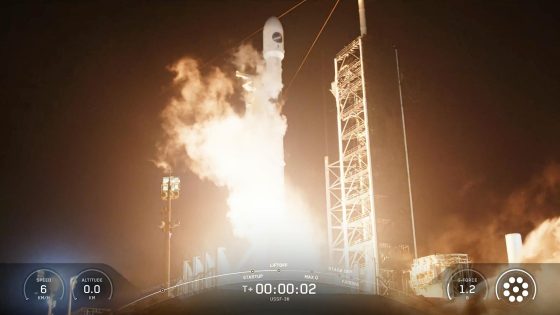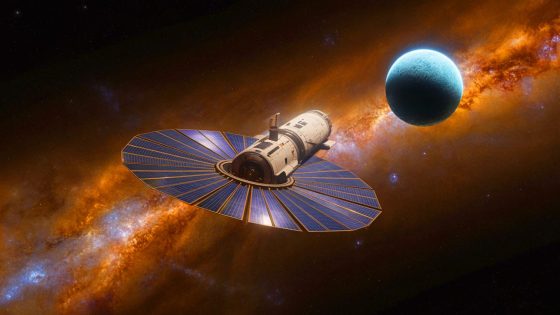The recent launch of a U.S. military mini shuttle marks a significant advancement in space exploration. This X-37B space plane, which took off on August 22, 2025, is set to conduct classified experiments, including testing laser communications and navigation without GPS.
- U.S. military mini shuttle launched Thursday night
- SpaceX launched the unmanned X-37B shuttle
- Mission includes testing laser communications
- Previous missions lasted from months to years
- X-37B is 29 feet long, 15 feet wingspan
- AP Health and Science Department supported by foundations
Launched by SpaceX from Cape Canaveral, Florida, this mission is the eighth for the X-37B program. With a length of 29 feet and a wingspan of nearly 15 feet, these Boeing-made reusable space planes have been exploring the cosmos since 2010. How long will this mini shuttle remain in orbit? Previous missions have lasted anywhere from months to over a year.
This mission raises intriguing questions about the future of space technology. As we explore the potential of laser communications, could this pave the way for faster, more secure data transmission in space? Consider these points:
- Laser communications may enhance data transfer speeds.
- GPS-free navigation could improve spacecraft autonomy.
- Ongoing missions contribute to our understanding of long-duration spaceflight.
As we look ahead, the advancements from the X-37B program could lead to groundbreaking innovations in space travel and communication, urging US to stay tuned for future developments.






























